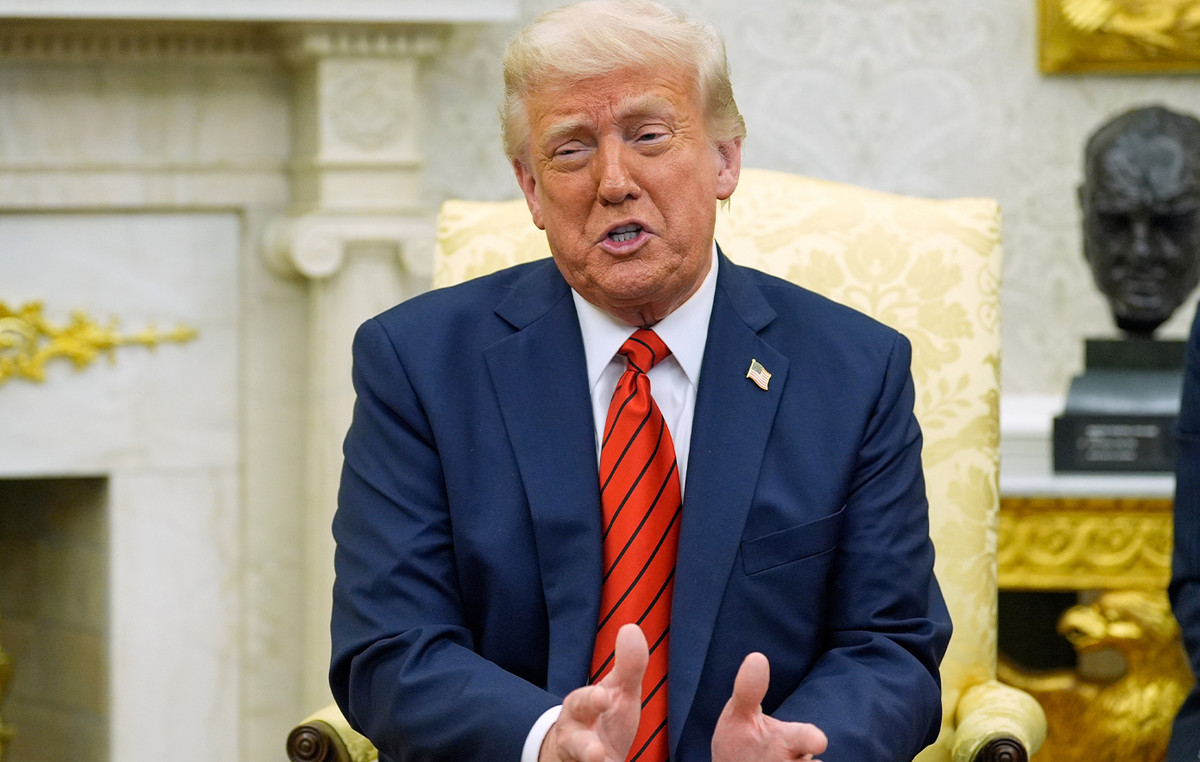He Federal Reserve Chairman Jerome Powellexplains the decision to keep the monetary policy rate, the federal funds rate, unchanged in the range of 5.25% – 5.5% and answers questions at the press conference after the meeting.
Featured Statements
“We need more confidence, more good inflation readings, but we won’t be specific about how many to start rate cuts.”
“We will also be looking at the balance of risks as well as projections.”
“Unexpected weakness in the labor market could also require a response“
“We will be monitoring the labor market for signs of weakness, but we are not observing it at this time.”
“We do not see ourselves as having the confidence to justify an easing of monetary policy at this time.”
“FOMC participants were allowed to update their projections to incorporate today’s CPI data if they so desired.“
“We still have low unemployment, but it has softened a little bit and that is an important statistic.”
“The argument that job gains may be a little overstated, but they are still strong.”
“We are seeing a gradual cooling in the labor market as it moves toward a better balance.”
The US Dollar FAQs
The United States Dollar (USD) is the official currency of the United States of America, and the “de facto” currency of a significant number of other countries where it is in circulation alongside local banknotes. According to 2022 data, it is the most traded currency in the world, with more than 88% of all global currency exchange operations, equivalent to an average of $6.6 trillion in daily transactions. After World War II, the USD took over from the pound sterling as the world’s reserve currency.
The single most important factor influencing the value of the US Dollar is monetary policy, which is determined by the Federal Reserve (Fed). The Fed has two mandates: achieve price stability (control inflation) and promote full employment. Your main tool to achieve these two objectives is to adjust interest rates. When prices rise too quickly and inflation exceeds the 2% target set by the Fed, the Fed raises rates, which favors the price of the dollar. When Inflation falls below 2% or the unemployment rate is too high, the Fed can lower interest rates, which weighs on the Dollar.
In extreme situations, the Federal Reserve can also print more dollars and enact quantitative easing (QE). QE is the process by which the Fed substantially increases the flow of credit into a clogged financial system. This is an unconventional policy measure used when credit has dried up because banks do not lend to each other (for fear of counterparty default). It is a last resort when a simple lowering of interest rates is unlikely to achieve the necessary result. It was the Fed’s weapon of choice to combat the credit crunch that occurred during the Great Financial Crisis of 2008. It involves the Fed printing more dollars and using them to buy US government bonds, primarily from financial institutions. QE usually leads to a weakening of the US Dollar.
Quantitative tightening (QT) is the reverse process by which the Federal Reserve stops purchasing bonds from financial institutions and does not reinvest the principal of maturing portfolio securities in new purchases. It is usually positive for the US dollar.
Source: Fx Street
I am Joshua Winder, a senior-level journalist and editor at World Stock Market. I specialize in covering news related to the stock market and economic trends. With more than 8 years of experience in this field, I have become an expert in financial reporting.







